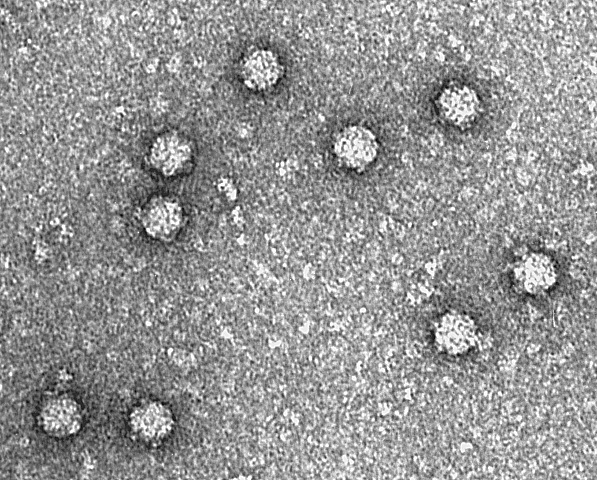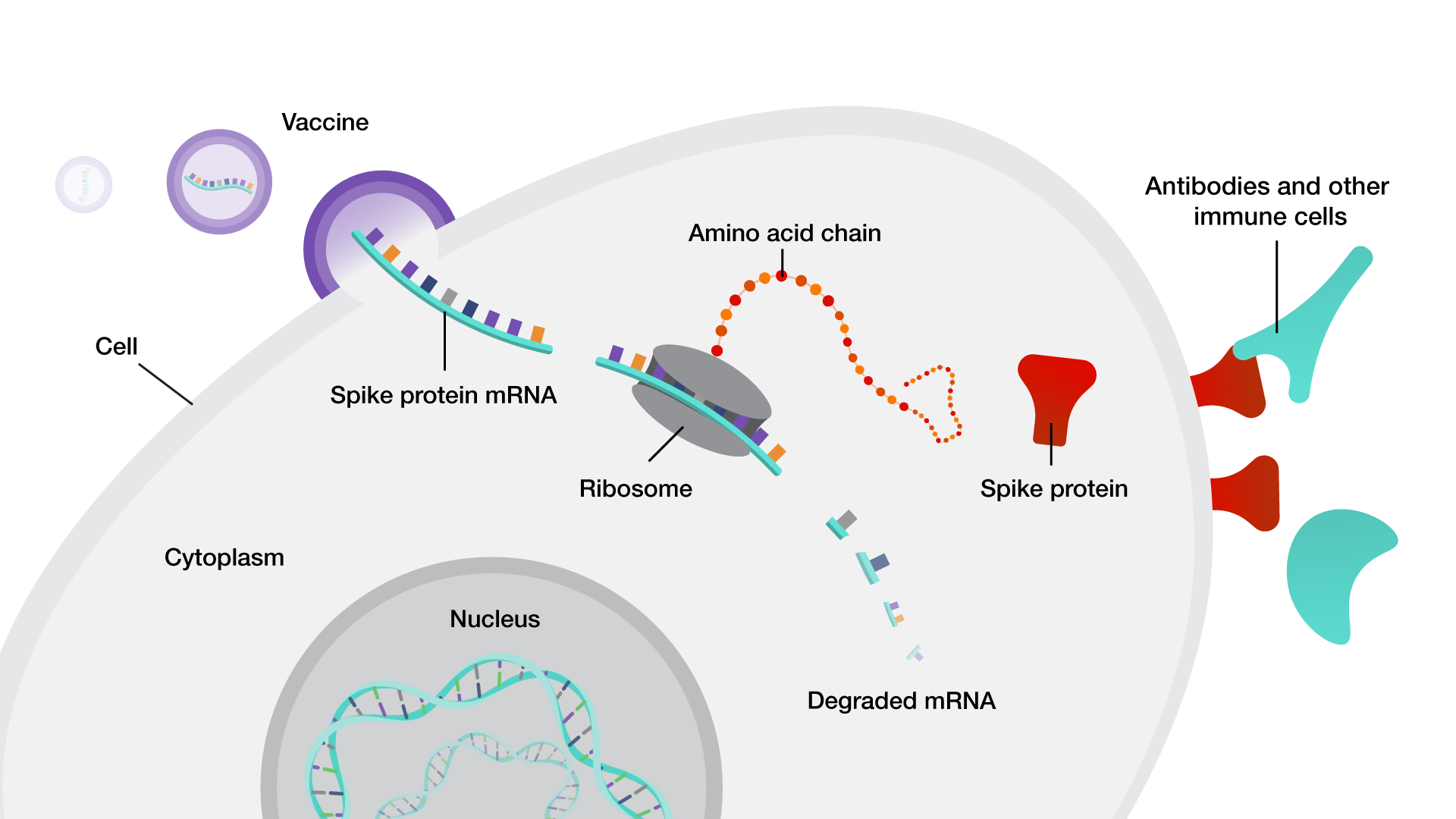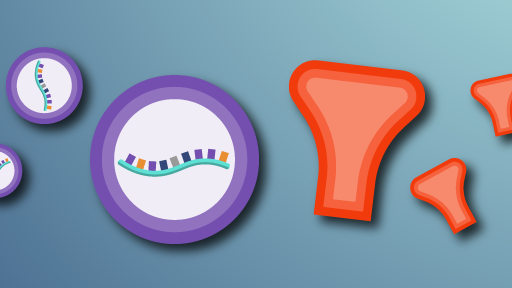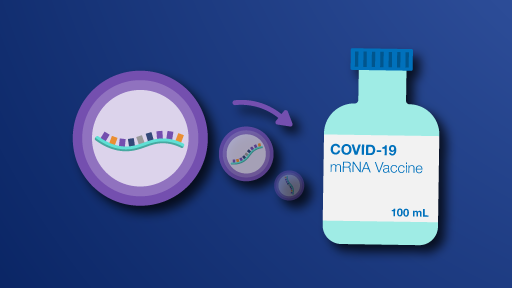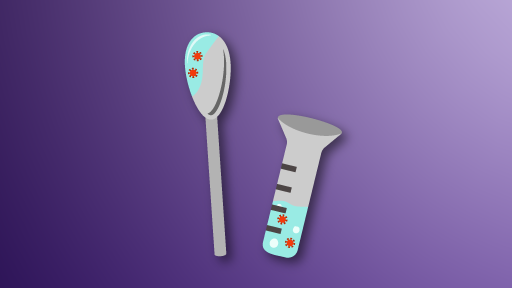The Big Picture
-
Viruses are bundles of genetic material wrapped in a protein coat that can infect living things. Viruses cause damage by hijacking a host cell's machinery to make copies of themselves, often disrupting normal cell function.
-
Viral vaccines can protect individuals from contracting and spreading common diseases caused by viruses, such as the flu, measles and COVID-19.
How many viruses exist on Earth?
Researchers estimate that 10 nonillion (10 followed by 30 zeroes) individual viruses exist on Earth. If all the 1030 viruses were organized in a single-file fashion, they would stretch for over 100 million light-years (a single light-year is 6 trillion miles) — which is four times the distance from Earth to the Canis Major Dwarf, our closest galaxy!
But only a tiny fraction of the viruses on Earth affect humans. Approximately 200 different viruses are known to cause disease in humans, including:
-
Acquired immunodeficiency syndrome (AIDS)
Viral agent: Human immunodeficiency virus (HIV) -
Polio
Viral agent: Poliovirus -
Influenza
Viral agents: Influenzavirus A, B, C or D -
Coronavirus disease 2019 (COVID-19)
Viral agent: SARS-CoV-2
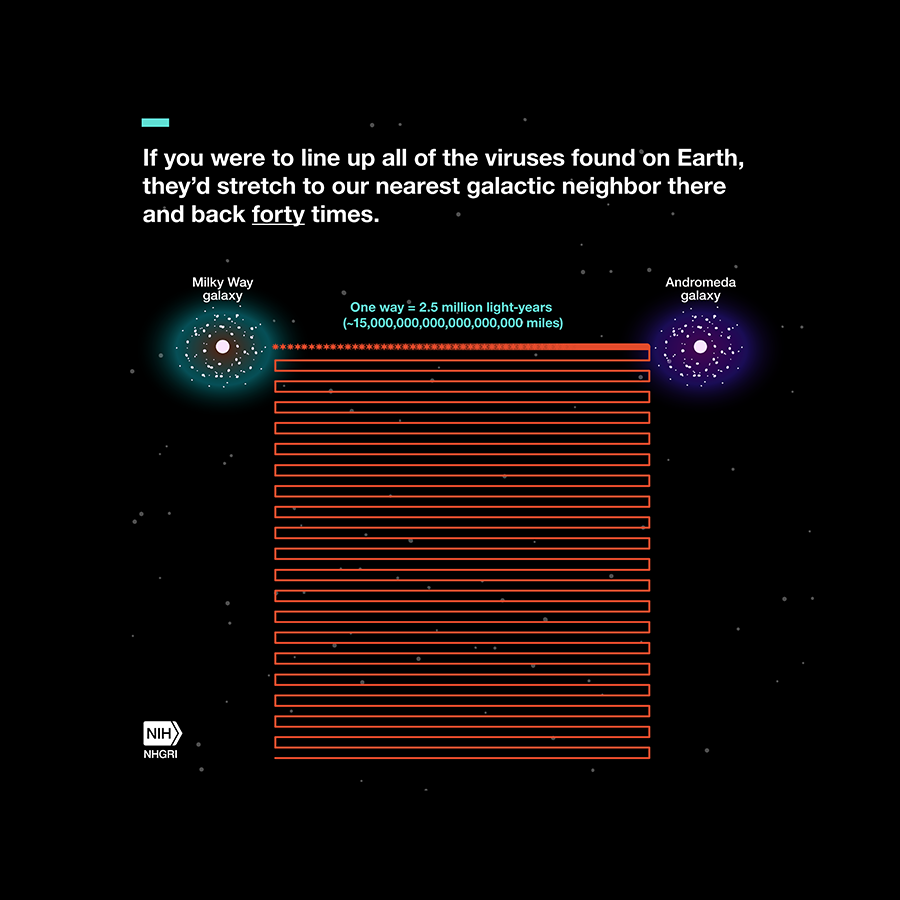
How are viruses transmitted?
Viruses can be transmitted in many ways, including by:
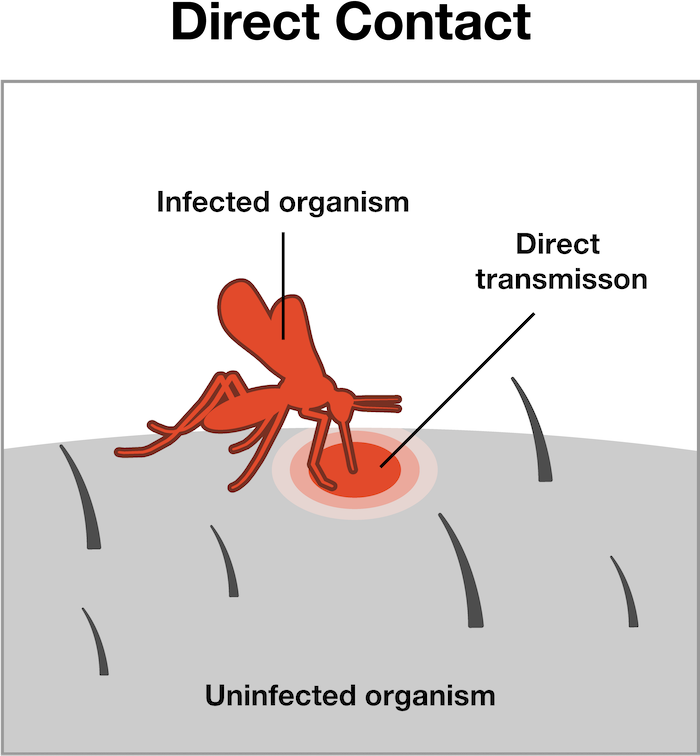
Direct contact with an infected organism, such as being bitten by a mosquito infected with the West Nile virus. When viruses (and other pathogens) move from one species to another, it is known as a spillover event.
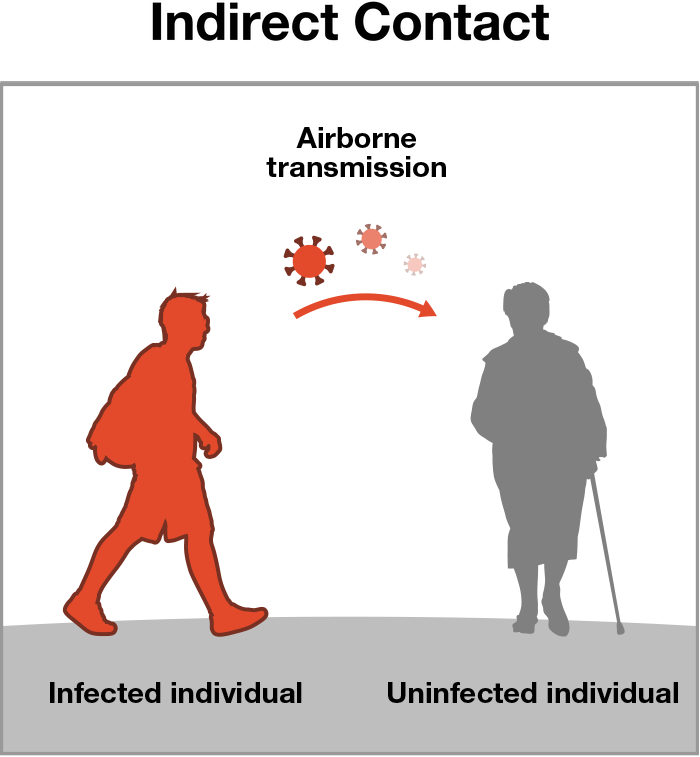
Indirect contact with someone who is infected, such as through respiratory droplets from a person who is coughing or sneezing.
Airborne or surface transmission, such as touching a surface where infectious viruses are still located minutes to hours after they landed there, can also result in viral transmission.
How do viruses infect living organisms?
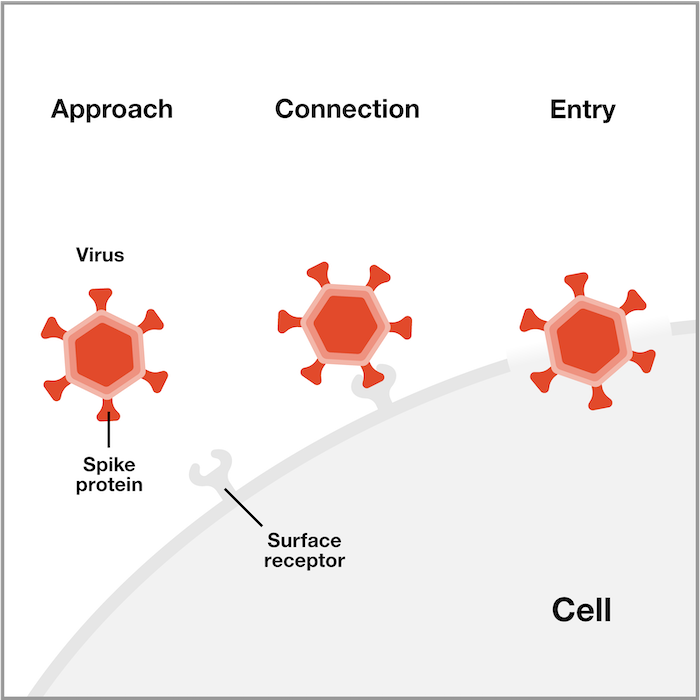
Viruses have proteins on their surface that typically latch onto a specific molecule on the surface of a host cell, called a receptor. The viral surface molecule can be likened to a specific key, while the host cell receptor is a lock. When the key meets the lock, it opens a door for the virus to enter the cell.
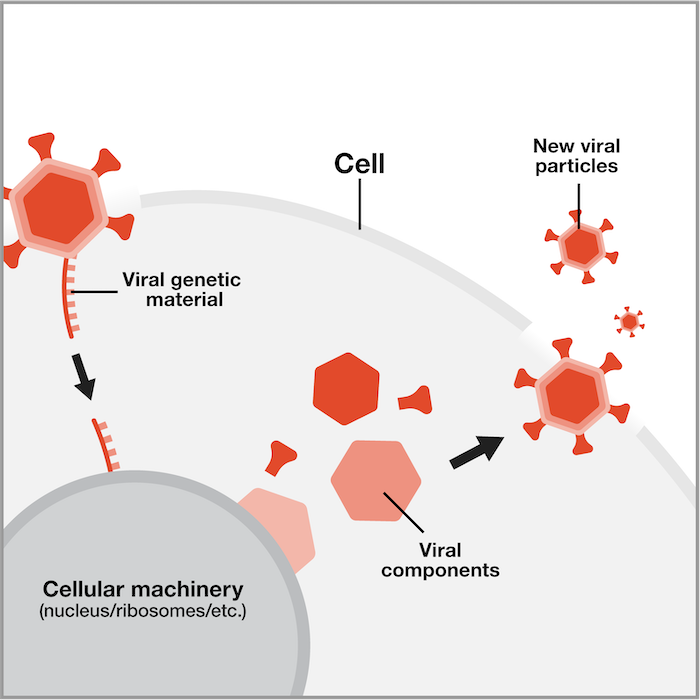
Viruses enter host cells as particles. Once a viral particle enters a host cell, its nucleic acid material interferes with the host cell's functions, essentially hijacking the proteins and other materials of the host cell to make more copies of the viral particles. One infected cell can release hundreds to thousands of new viral particles, with each of the new viral particles being capable of infecting another cell.
Once a virus successfully replicates itself, it leaves the host cell to infect other cells. Some viral infections cause no symptoms. However, when many viral particles infect an organism's cells at the same time, they may cause anything from uncomfortable symptoms to severe illness and even death.
Last updated: November 12, 2021

